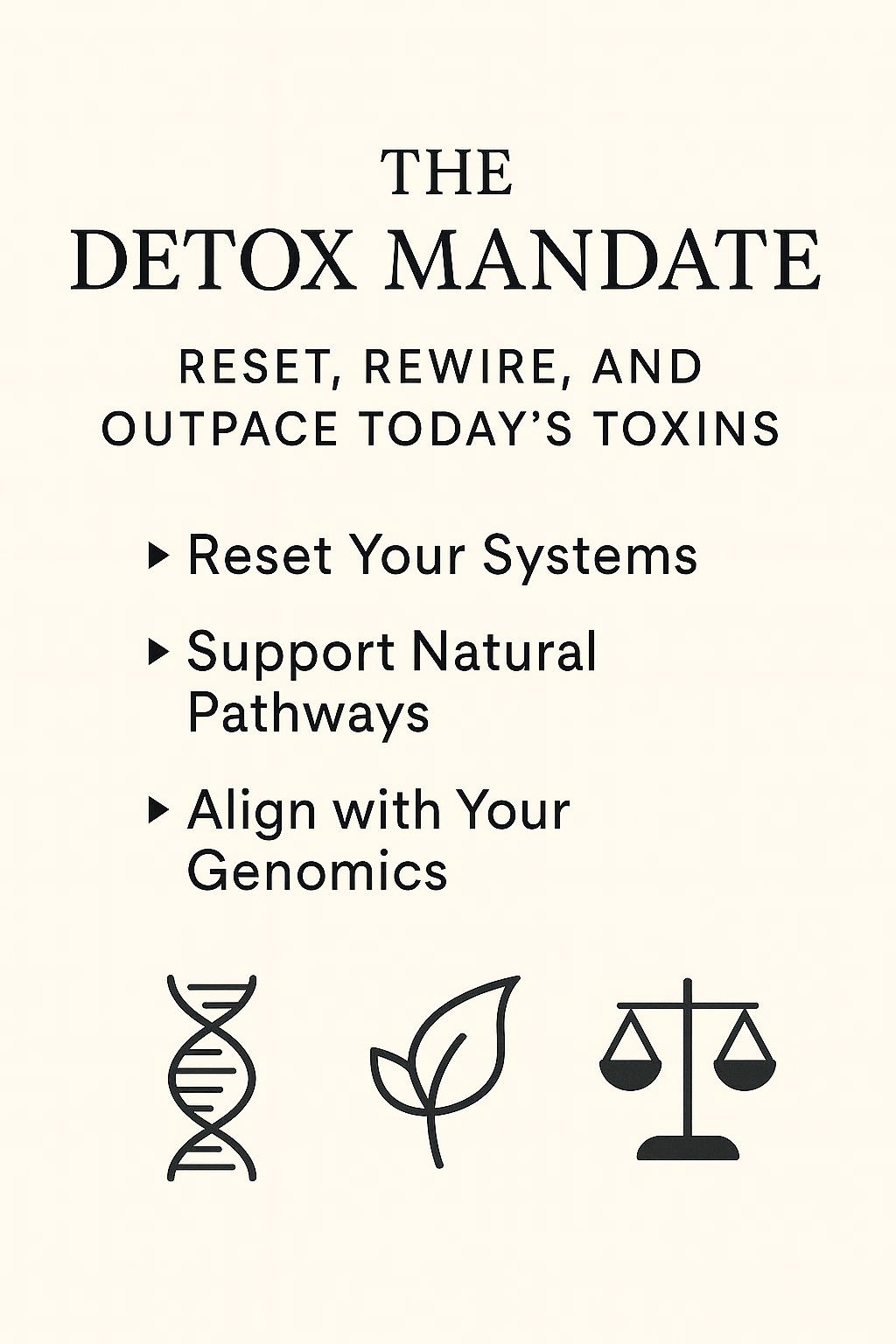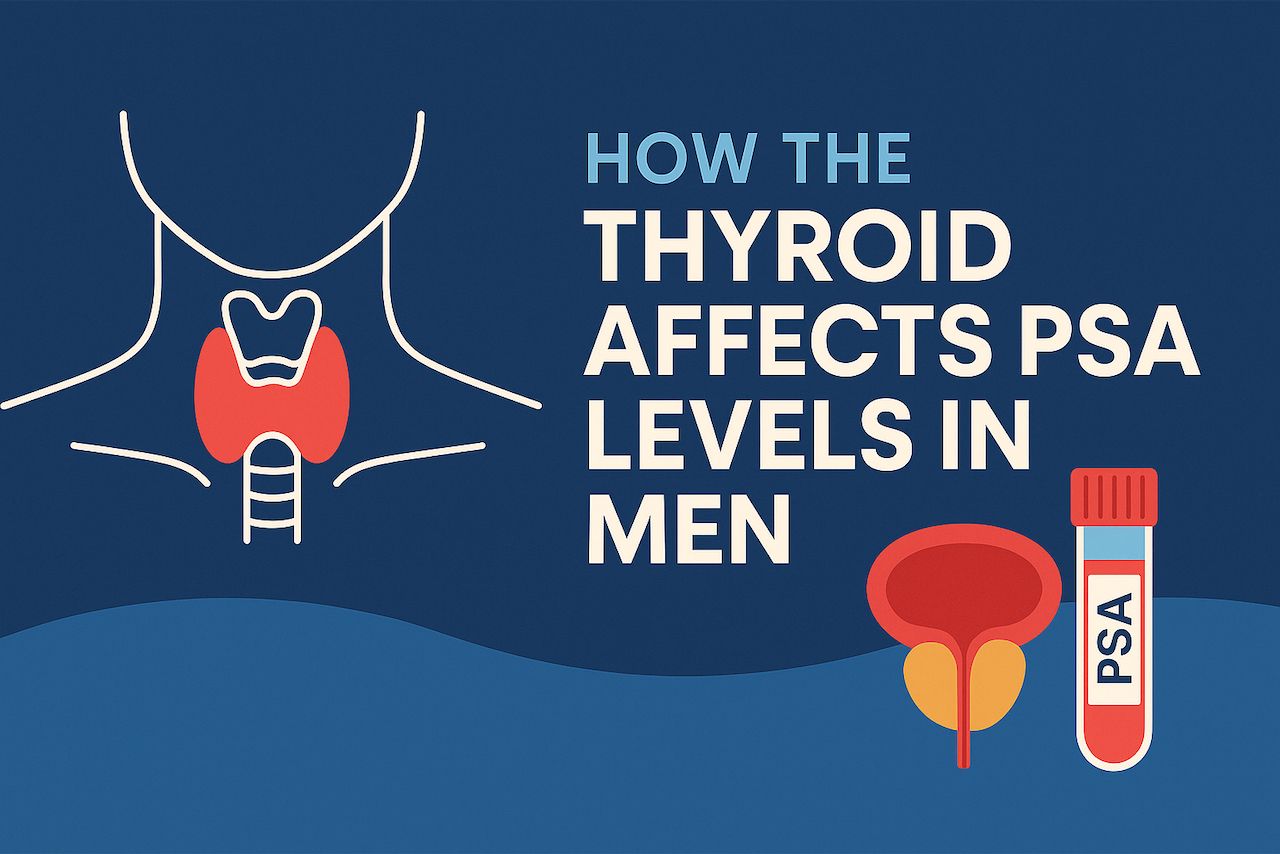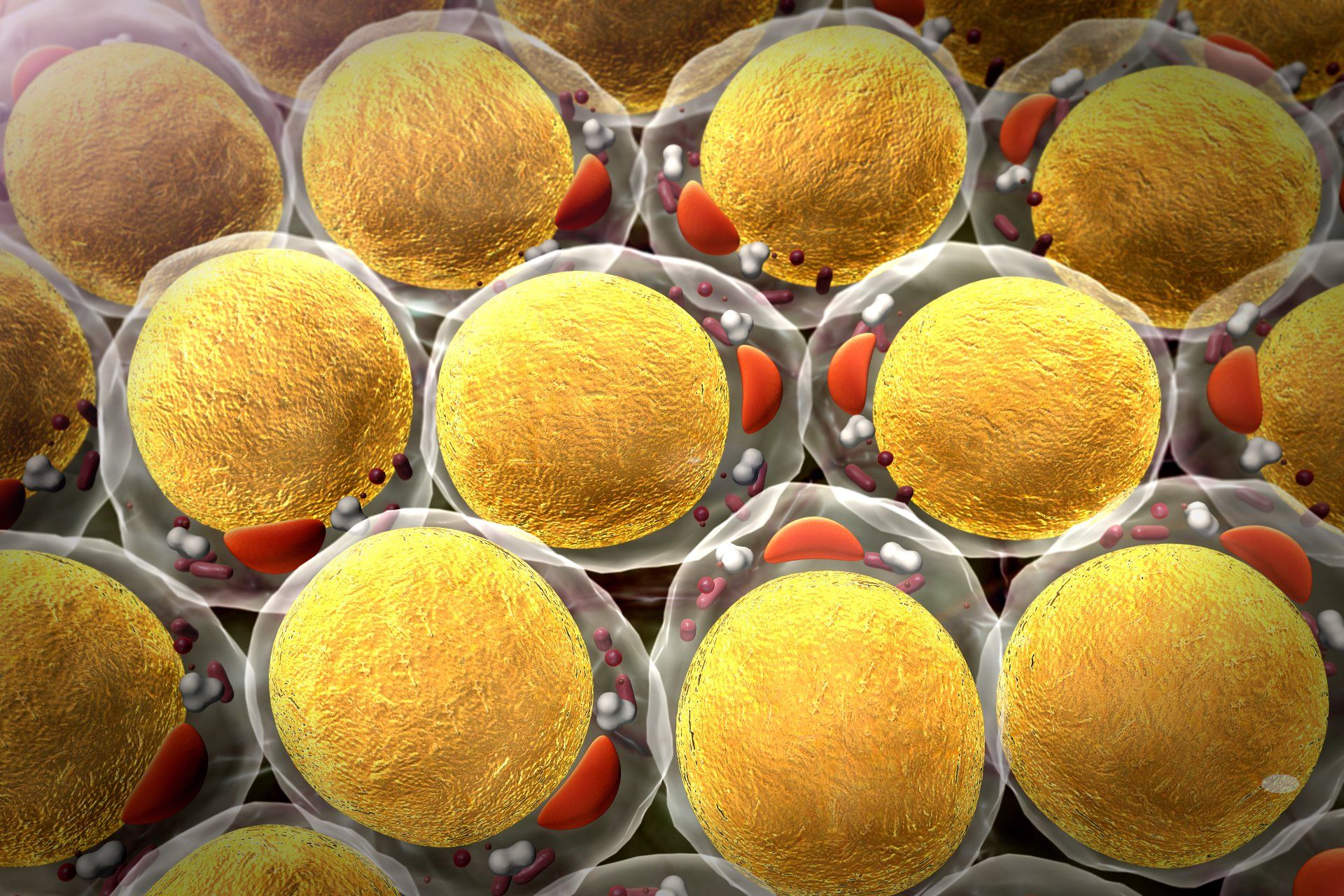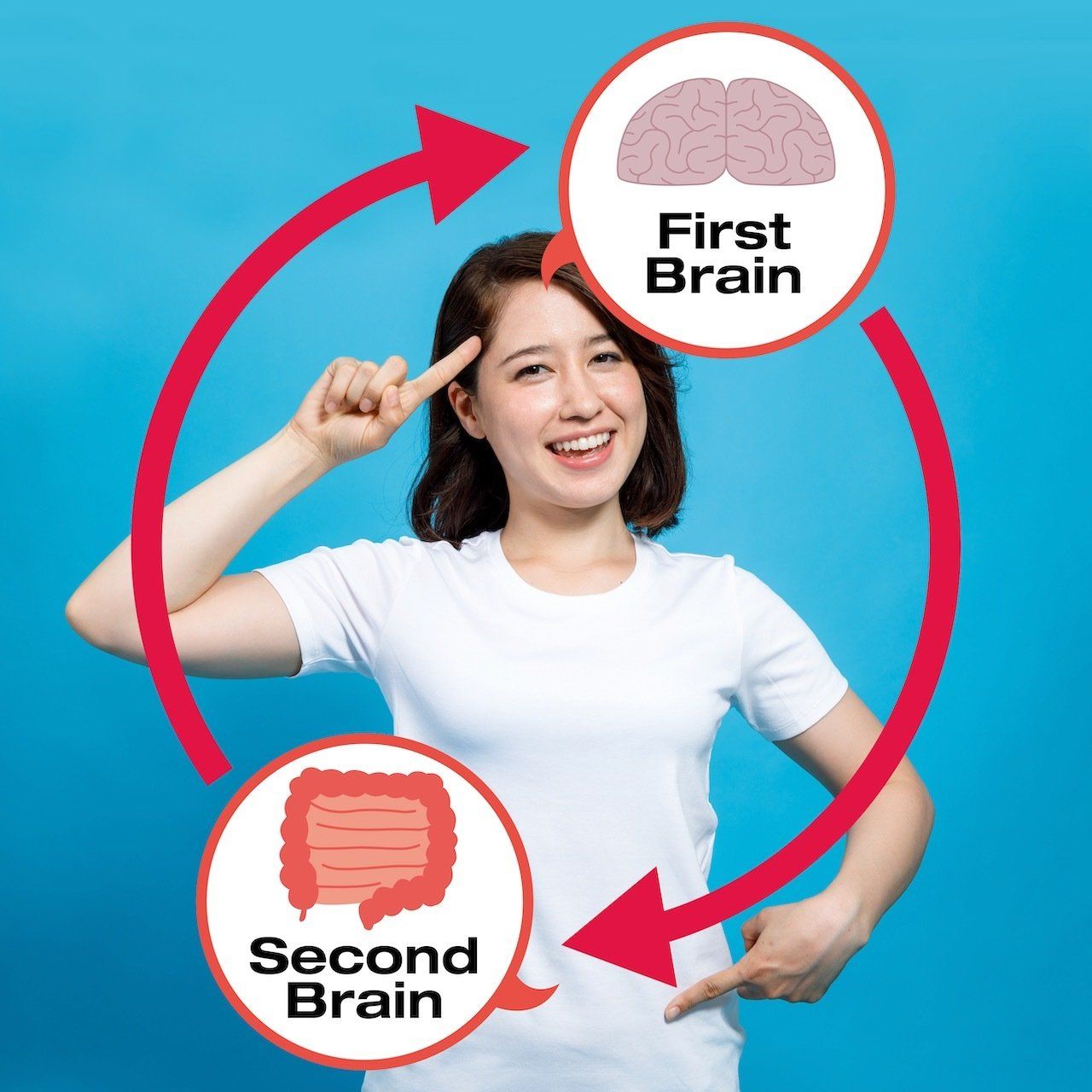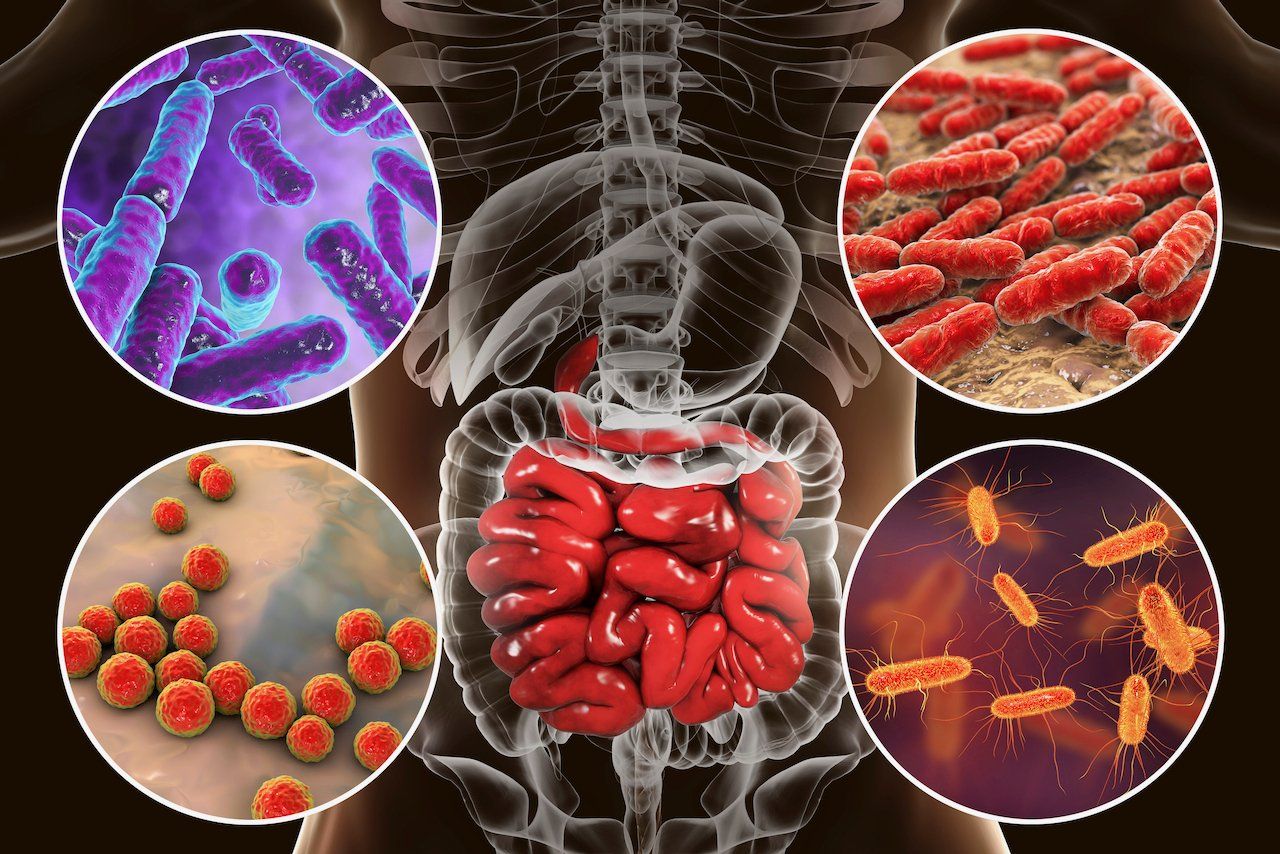When Your Hair Speaks: What Female Hair Loss Really Tells Us
Discover the causes of female hair thinning and how hormones, nutrients, toxins, mold exposure, stress, and liver health impact your hair. Learn how functional medicine restores balance from the inside out.
Hair as a Messenger, Not a Vanity Issue
Hair. We often see it as cosmetic, a crown, a style, a confidence marker. But in functional medicine, hair is something more: a messenger. When it sheds, thins, or loses its shine, it's not just vanity talking. It's your biology whispering that something deeper is out of tune. Imagine a new mother experiencing hair loss a few months postpartum—it's not just the stress of sleepless nights; her body is adjusting hormone levels back to normal after pregnancy. This is a vivid example of how hair can reflect inner changes.
“Your scalp is not the problem. It’s the stage. The actors are your hormones, nutrients, stress levels, circulation, immunity, toxins, and even your gut.”
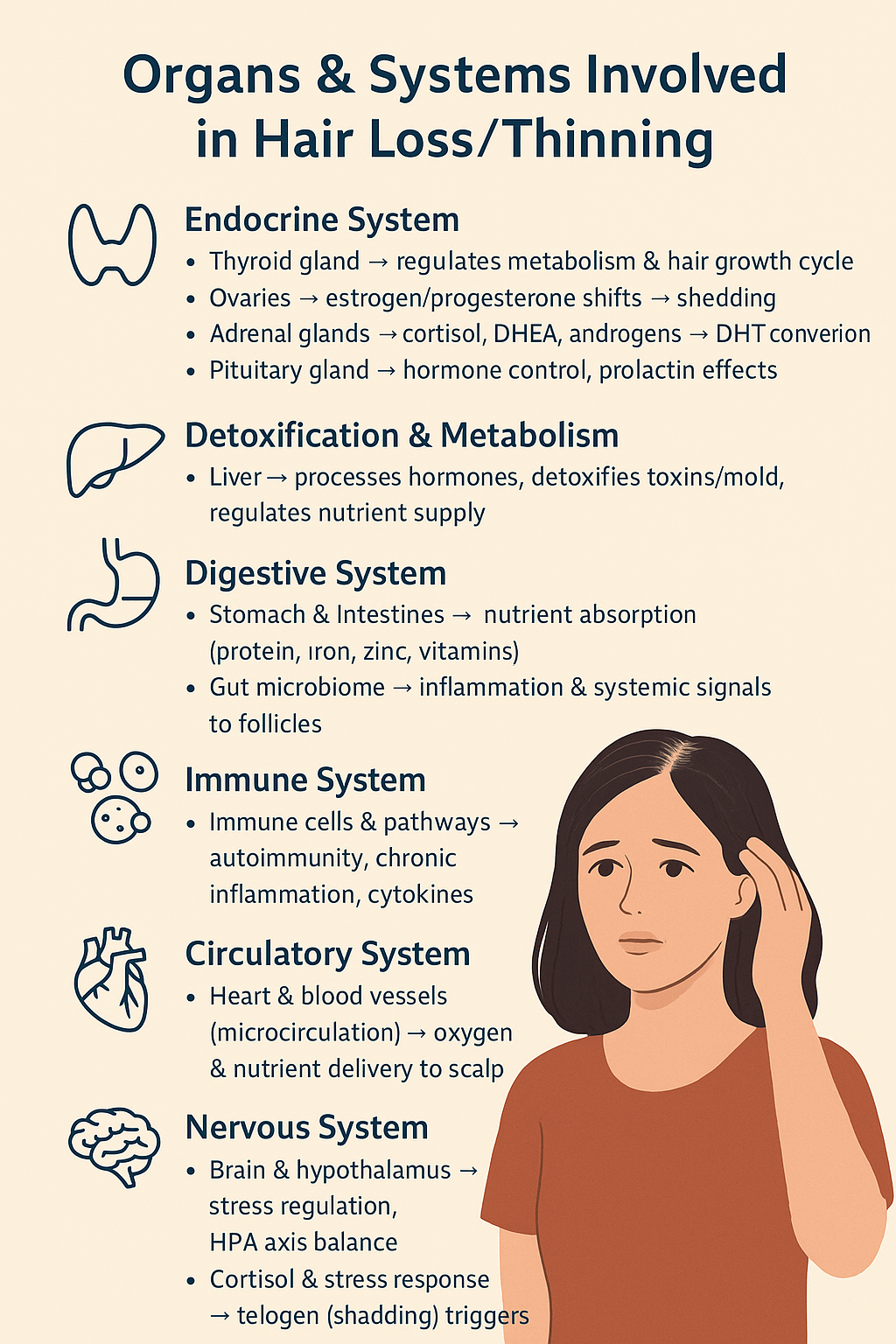
The Systems Behind the Strands
Endocrine Symphony: Hormones in Balance
- Low thyroid leads to weak, brittle hair, while high thyroid causes diffuse shedding. In fact, approximately 30% of women with hypothyroidism experience significant hair changes, highlighting the crucial role hormones play in hair health.
- Ovaries & Adrenals: Estrogen and progesterone regulate hair growth. When they dip (menopause, postpartum), shedding accelerates. Testosterone converting to DHT shrinks follicles.
- Pituitary: The conductor of the orchestra, with prolactin and other hormones influencing growth.
Nutrient & Metabolic Foundation
Hair is built from protein — but it also relies on iron, vitamin D, zinc, and B12. If the gut isn’t absorbing well, or if the liver can’t process nutrients and hormones, the follicles struggle.
Immune System & Inflammation
Sometimes, the immune system mistakenly identifies follicles as invaders. In alopecia areata, it launches a direct attack. Even without autoimmunity, chronic inflammation suffocates growth and miniaturizes follicles.
Stress Circuitry: The Cortisol Connection
Stress is not just “in your head.” Elevated cortisol prompts hair to enter the resting (telogen) phase, leading to shedding weeks later.
Circulatory Pathways: Nourishing the Follicle
Hair follicles are among the most metabolically active tissues in the body. They rely on rich microcirculation for the delivery of oxygen and nutrients. Without it, growth falters.
The Hidden Culprits: Toxins, Mold, and Liver Health
When the Body Is Overloaded
Pesticides, plastics, heavy metals, and mold toxins don’t just strain your body; they disrupt hormone balance, inflame tissues, and overwhelm detoxification pathways, leaving hair health as collateral damage. For instance, cadmium, a heavy metal commonly found in the environment, can interfere with zinc uptake—a mineral crucial for hair and overall health—illustrating how toxins interfere with the body's ability to maintain balance.
The Liver: Silent Guardian of Your Strands
Your liver is more than an alcohol filter. It’s a biochemical hub that:
- Processes hormones (estrogen, testosterone, cortisol).
- Neutralizes toxins and mold byproducts.
- Packages nutrients like iron and amino acids for delivery.
When the liver slows down or becomes overloaded, hormones back up, toxins linger, and follicles suffer the consequences. Everyday habits can contribute to this overload. For instance, regular use of acetaminophen or enjoying a glass of wine each night can silently strain the liver, affecting its ability to detoxify effectively. By recognizing these common triggers, you can take proactive steps to support your liver and improve your hair health.
Mold & Hair Loss
Mycotoxins from mold exposure — often in water-damaged buildings — can:
- Disrupt thyroid and adrenal function.
- Elevate inflammation and oxidative stress.
- Trigger autoimmune tendencies that attack follicles.
For many women, the combination of fatigue, brain fog, and hair loss is the first clue that mold exposure is at play.
Sidebar: Signs Your Hair Loss May Be Linked to Toxins or Mold
- You’ve lived or worked in a water-damaged building (musty smell, visible mold).
- You struggle with unexplained fatigue, brain fog, or chronic sinus issues.
- Your hair loss began after a move, renovation, or water leak.
- You experience multiple sensitivities, including those to perfumes, cleaning products, and certain foods.
- You experience digestive upset despite eating a well-balanced diet.
- Your labs show abnormal liver enzymes or low levels of detoxification nutrients (such as glutathione and B vitamins).
If these resonate, it may be time to explore mycotoxin testing, liver support, and detox strategies with a functional medicine practitioner. To start your journey toward better health, consider scheduling a root-cause assessment this month. This step can help you pinpoint underlying issues and begin addressing them promptly.
The Functional Medicine Process
- Investigate
Comprehensive labs: thyroid, hormones, iron, vitamins, inflammation, gut health, liver enzymes, toxins, and mold panels. - Correct
Replete nutrient deficiencies, balance hormones, calm inflammation, and restore detox capacity. - Support
Prioritize sleep, manage stress, optimize circulation, and incorporate liver-loving foods (such as crucifers, bitters, and antioxidants). - Strengthen
Utilize targeted therapies — ranging from botanicals (such as saw palmetto, spearmint, and reishi) to advanced approaches like PRP and microneedling.
Beyond the Scalp: A Smarter Takeaway
Your hair is more than cosmetic. It’s a diagnostic signal of whole-body health. Addressing female hair loss through a functional medicine lens doesn’t just restore strands — it restores energy, balance, and resilience.
✨ Bottom line: Hair doesn’t lie. It reflects your hormones, nutrients, stress levels, detoxification capacity, and immunity. Decode the signal, and you elevate more than your hair — you elevate your health.
Your health isn’t random. It’s written in code. And the art isn’t in adding louder advice, but in learning to listen to the whispers already inside you. That’s the journey I share in Understanding Genomics: How Nutrition, Supplements, and Lifestyle Can Help You Unlock Your Genetic Superpowers. Order a copy today!
Read the code. Live the design. The rest follows.
Until then, stay healthy and happy!
Dr. Marios Michael
Resources:
- Hudson, T. (2019). Women’s Hair Loss: The Hidden Epidemic. Integrative Medicine: A Clinician’s Journal, 18(3), 40–45.
https://www.ncbi.nlm.nih.gov/pmc/articles/PMC6691938/ - Almohanna, H. M., Ahmed, A. A., Tsatalis, J. P., & Tosti, A. (2019). The Role of Vitamins and Minerals in Hair Loss: A Review. Dermatology and Therapy, 9(1), 51–70.
https://doi.org/10.1007/s13555-018-0278-6 - Bregy, A., Trueb, R. M., & Trüeb, R. M. (2015). Female Pattern Hair Loss. Journal of the German Society of Dermatology, 13(1), 25–33.
https://doi.org/10.1111/ddg.12554 - Hadshiew, I. M., Foitzik, K., Arck, P. C., & Paus, R. (2004). Stress and the Hair Follicle: Exploring the Connections. American Journal of Pathology, 165(4), 1219–1228.
https://doi.org/10.1016/S0002-9440(10)63384-9 - Murphree, D. H. (2017). An Integrative Approach to Female Pattern Hair Loss. Alternative and Complementary Therapies, 23(6), 244–249.
https://doi.org/10.1089/act.2017.29140.dhm - Ho, J. D., Lin, F. J., Lin, C. L., & Sung, F. C. (2017). Increased Risk of Alopecia Areata in Patients With Atopic Dermatitis: A Population-Based Study. Journal of Dermatology, 44(8), 909–915.
https://doi.org/10.1111/1346-8138.13860 - Genuis, S. J. (2011). Detoxification and Healing: The Role of the Liver in Health and Disease. Journal of Environmental and Public Health, 2011, Article ID 948740.
https://doi.org/10.1155/2011/948740 - Shoemaker, R. C., House, D. E. (2006). Sick Building Syndrome (SBS) and Exposure to Water-Damaged Buildings: Mold, Mycotoxins, and Human Health. Neurotoxicology and Teratology, 28(5), 573–578.
https://doi.org/10.1016/j.ntt.2006.07.004 - Trüeb, R. M. (2009). Oxidative Stress in Ageing of Hair. International Journal of Trichology, 1(1), 6–14.
https://doi.org/10.4103/0974-7753.51923 - National Institutes of Health. (2022). Hair Loss in Women: MedlinePlus Medical Encyclopedia.
https://medlineplus.gov/ency/article/007205.htm
Medical Disclaimer: The information included on this blog is for educational purposes only. It is not intended nor implied to be a substitute for professional medical advice. The reader should always consult his or her healthcare provider to determine the appropriateness of the information for their own situation or if they have any questions regarding a medical condition or treatment plan. Never disregard professional medical advice or delay in seeking it because of something you have read on this blog! Reading the information on this blog does not create a physician-patient relationship.
These statements have not been evaluated by the Food and Drug Administration. This product is not intended to diagnose, treat, cure, or prevent any disease.


